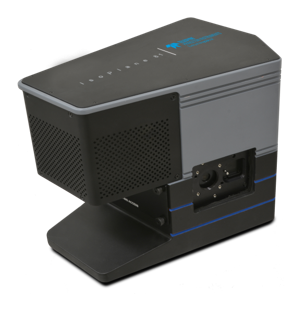Franck Mady et al.
Optical Materials Express
Introduction
Researchers from France have been using the FERGIE system (a previous version of the IsoPlane 81) to characterize materials used for optical fibers. While it is well known that optical fibers are commonly used for the transmission of information through fiber optic cables, they have found various other applications that they aid. For example, fiber optics can be used in creating high power optical fiber lasers as well as elements in new sensors for environment parameters like temperature. In particular, these sensors can also be used in harsh radiative environments (earth or spacebound). The radiation can create defects in the fibers that lead to so called color centers that sensitively affect their performance in the given applications. This radiative induced attenuation can be characterized by various techniques like optical absorption or fluorescence measurements.
The French researchers apply a new technique called thermally stimulated luminescence which has not yet been used abundantly for characterizing fibers. When the fibers are slowly heated (from room temperature up to 600°C) the thermal energy allows the defect centers to “repair” and in this process light is emitted that is characteristic to the type of defect. The study measures the luminescence systematically for samples of increasing complexity which allows them to extract the contributions of various dopants to radiatively induced effects. A FERGIE system captures the luminescence that can be quite weak, over a broad spectra range from the UV -VIS to NIR wavelength.

